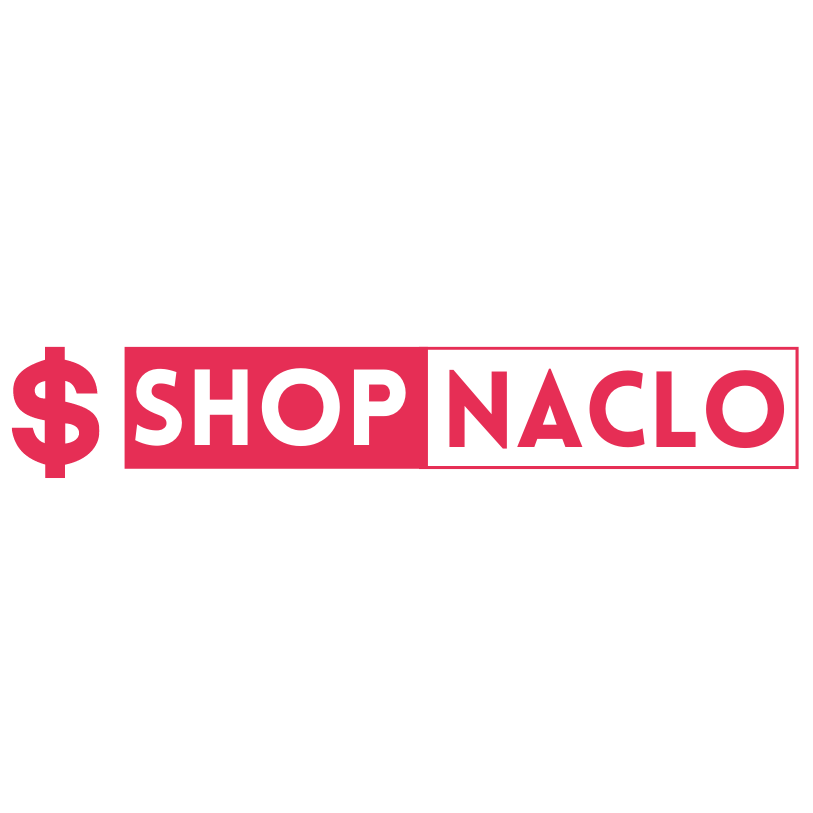The Ecommerce Engagement Rate (EER) is a crucial metric that moves beyond basic social media interactions to measure how effectively your content drives purchase intent and tangible business results. Unlike standard engagement rates that only track likes and comments, EER incorporates key conversion metrics such as link clicks, product views, add-to-carts, and actual purchases. A high EER indicates that your ecommerce content strategy is successfully capturing the attention of your target audience and guiding them down the sales funnel, directly impacting your Return on Investment (ROI) and overall digital marketing performance. Calculating EER is essential for optimizing your spending, identifying high-converting content formats, and ensuring your brand remains competitive in the evolving 2025 digital landscape.
Comprehensive Overview: Key Ecommerce Engagement Metrics and Calculations
This table provides a focused breakdown of the essential metrics and calculation formulas tailored specifically for measuring and optimizing engagement within the ecommerce vertical.
| Metric | Definition | Calculation Formula | Benchmark/Significance | Purpose in Ecommerce |
| Ecommerce Engagement Rate (EER) | A holistic rate measuring the percentage of reached users who performed a conversion-focused action. | $\frac{\text{Total Goal Actions (Clicks/Saves/Shares)}}{\text{Total Reach or Impressions}} \times 100$ | Varies widely (0.5% – 5%) | Core KPI for measuring content’s effectiveness in driving traffic and sales intent. |
| Click-Through Rate (CTR) | The percentage of users who clicked a link in the content (e.g., “Shop Now”). | $\frac{\text{Total Link Clicks}}{\text{Total Impressions}} \times 100$ | 0.8% – 2.5% | Measures the content’s immediate ability to drive website traffic from social/ads. |
| Conversion Rate (CR) | The percentage of website visitors resulting from the content who complete a purchase. | $\frac{\text{Total Purchases}}{\text{Total Link Clicks}} \times 100$ | 1% – 3% | The ultimate measure of revenue generation directly tied to the content. |
| Cost Per Engagement (CPE) | The average cost incurred for every engagement action (especially relevant for paid campaigns). | $\frac{\text{Total Ad Spend}}{\text{Total Engagements (Clicks/Saves/Shares)}}$ | Should be lower than CPE of competitors | Helps optimize paid advertising spend and maximize the efficiency of the marketing budget. |
| Save/Share Rate (SSR) | The percentage of users who save or share the content (indicating future purchase intent). | $\frac{\text{Total Saves + Total Shares}}{\text{Total Reach}} \times 100$ | 0.5% – 1.5% | Measures the long-term viral potential and perceived value of the product/content. |
Redefining Engagement for the Ecommerce Landscape
In 2025, ecommerce marketing can no longer rely on simple metrics like ‘likes’ to gauge success. The goal of any ecommerce brand’s content is not passive enjoyment but active conversion. Therefore, the Engagement Rate calculation must be adapted to prioritize actions that lead directly or indirectly to sales.
The Shift from Vanity Metrics to Value Metrics
- Vanity Metrics (Low-Value): Likes and general comments are primarily used by social platforms for visibility. They show interest, but not necessarily intent.
- Value Metrics (High-Value): These are the true drivers of the ecommerce funnel:
- Link Clicks: Direct path to the product page.
- Shares: Word-of-mouth marketing and organic reach expansion.
- Saves: Strong indicator of future purchase intent or “wish-listing.”
- Product Tags/View Shop Clicks: Direct interaction with shoppable features.
This strategic refocusing ensures that the calculated Ecommerce Engagement Rate is a direct reflection of business health, not just social media popularity.
The Core Formula: Calculating the Ecommerce Engagement Rate (EER)
The most effective way to calculate EER is by substituting low-value interactions with the high-value, conversion-focused actions outlined above.

This provides a clean, actionable metric for your content analysis.
Step 1: Define Total Goal Actions
A “Goal Action” is any interaction that moves the user closer to a purchase. The specific actions to include may vary based on the platform (Instagram, TikTok, Facebook, etc.) but should always include:
$$\text{Total Goal Actions} = (\text{Link Clicks}) + (\text{Product Views/Tag Clicks}) + (\text{Saves}) + (\text{Shares})$$
Step 2: Determine Your Base Metric (Reach vs. Impressions)
You must decide whether to calculate EER based on Reach (unique users who saw the content) or Impressions (total times the content was displayed).
- Using Reach (Recommended): Best for determining how effective your content is at motivating unique individuals.
- Using Impressions: Best for measuring the efficiency of paid advertising spend and the power of the content to break through repetitive exposure.
Step 3: Apply the EER Formula
The formula is a slight modification of the standard engagement rate formula, now focusing on business outcomes:
$$\text{EER (By Reach)} = \frac{\text{Total Goal Actions}}{\text{Total Reach}} \times 100$$
Example: Your latest product Reel reached 20,000 unique users. It generated 150 link clicks, 50 saves, and 10 shares.
- Total Goal Actions: $150 + 50 + 10 = 210$
- EER: $\frac{210}{20,000} \times 100 = 1.05\%$
This $1.05\%$ EER tells you that $1.05\%$ of the unique audience who saw the content performed a valuable, measurable action that directly contributes to the sales funnel.
Segmented Engagement: Benchmarks and Context
A healthy EER in ecommerce is highly contextual. It depends heavily on the platform, the product category, and whether the content is organic or paid. It’s crucial to use segmented engagement rate analysis.
EER Benchmarks by Platform (Organic Content)
| Platform | Typical EER Range (Goal Actions) | Content Format Focus |
| Instagram (Stories/Reels) | 0.8% – 2.0% | Shoppable tags, swipe-up links, quick product demos. |
| Facebook (Feed Posts) | 0.5% – 1.5% | Direct calls-to-action (CTAs), catalog ads. |
| TikTok (Videos) | 1.5% – 4.0% | Entertainment-focused demos, native product links; typically higher due to algorithm push. |
| Pinterest (Idea Pins) | 2.0% – 5.0% | Strong visual appeal, direct link to product/category pages. |
Analyzing the Impact of Paid Campaigns
When running paid social advertising, the EER is directly linked to the Cost Per Acquisition (CPA) and Customer Lifetime Value (CLV). For paid campaigns, marketers often focus on the Click-Through Rate (CTR), which is simply a segmented EER focused only on clicks.
- A high CTR (or high EER) on a paid ad means your creative content is effective.
- A low EER means you are wasting your advertising budget on creatives that do not generate sufficient traffic.
- Best Practice: Track EER specifically for A/B testing different ad creatives to maximize the performance marketing efficiency.
Beyond the Formula: The Importance of Conversion Rate (CR)
While EER measures the effectiveness of your social content in driving traffic, the Conversion Rate (CR) measures the effectiveness of your website in finalizing the sale. You must track both together for a complete picture of your ecommerce funnel.
$$\text{Conversion Rate (CR)} = \frac{\text{Total Purchases (from that campaign)}}{\text{Total Link Clicks (from that campaign)}} \times 100$$
Why CR is the Ultimate Validation of EER
- High EER + Low CR: Your social content is great at attracting clicks, but your website (product page, checkout process, or pricing) is turning visitors away. This signals a website optimization issue.
- Low EER + High CR: Your social content isn’t seen by enough people, but those who click are highly motivated to buy. This suggests you need to increase your reach/impressions (e.g., scale up ad spend or improve organic distribution).
- High EER + High CR: This is the ideal scenario, indicating a fully optimized ecommerce ecosystem where content drives traffic, and the site converts it effectively, leading to maximum revenue generation.
Ecommerce marketers in 2025 must implement unified analytics that seamlessly connects social media engagement data with website behavioral data (using tools like Google Analytics 4 and custom UTM parameters) to perform this essential cross-platform analysis.
Practical Steps for Tracking and Improving EER
To ensure your ecommerce brand can accurately track and improve its EER, focus on implementing robust tracking and using the data for content optimization.
1. Implement Detailed Tracking
- UTM Parameters: Always use unique UTM tags on every link leading from your social content (e.g., utm_source=instagram&utm_medium=reel&utm_campaign=winter_sale). This is non-negotiable for attributing every click and sale back to the specific piece of content.
- Platform Analytics: Utilize native platform tools (e.g., Facebook/Instagram Insights, TikTok Creator Analytics) to get accurate Reach, Impressions, Saves, and Shares data.
- Google Analytics 4 (GA4): Configure GA4 to track the “Goal Actions” as custom events to accurately measure the traffic quality and CR from the segmented social sources.
2. Focus on Content that Drives High-Value EER
Optimize your content strategy based on the data:
- Shoppable Features: Prioritize content formats that integrate direct purchase links and product tagging (Instagram Reels, TikTok Video Shopping).
- “Save” CTA: Explicitly ask the audience to “Save for later” or “Share with a friend” to boost the Save/Share Rate (SSR), a strong indicator of purchase consideration.
- Problem/Solution Content: Focus on demonstrating how your product solves a specific customer pain point, which naturally encourages a click to learn more (high CTR/EER).
By diligently calculating the Ecommerce Engagement Rate and connecting it with the final Conversion Rate, modern brands can ensure that their marketing investment translates directly into profitable sales and sustained business growth.
Would you like a deeper dive into the specific UTM tracking strategy for an ecommerce campaign, or perhaps a breakdown of how to improve your website conversion rate once the traffic has been successfully driven by high EER content?



